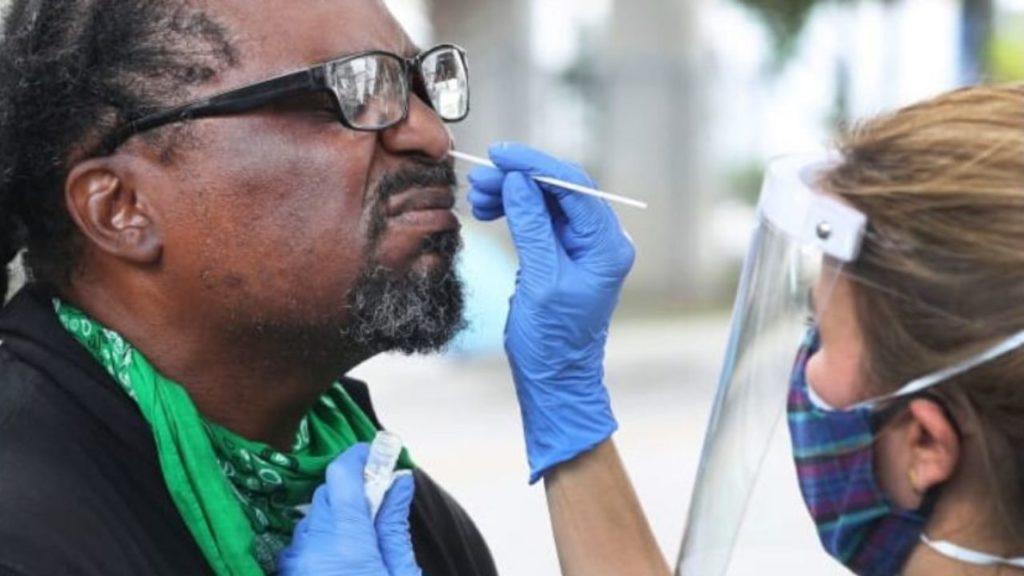Coronavirus Is Airborne – WHO Issues These New Guidelines To Stay Safe From Covid-19

There are a lot of theories and speculations circulating everywhere these days, in regards of coronavirus.
Right from Twitter to Whatsapp forwards, everyone has everything to say about remedies, causes and prevention for the spread of cornonavirus.
The question is what should you trust at such times?
Contents
WHO New Guidelines
The World Health Organization (WHO) has issued new guidelines on transmission of coronavirus, throwing light on the causes and prevention of airborne spread of the SARS-CoV-2 virus, the virus responsible for causing coronavirus.
There are a lot of important pointers important for you to keep a note of, by the WHO under these guidelines, issued on Thursday.
For starters, the UN health agency has spoken largely about the airborne spread of coronavirus and details regarding it.
It has said that such spread can occur in health care settings where specific medical procedures generate very small droplets, called aerosols.
However, despite the above fact, it is the need of the hour to conduct more research for elucidation of different transmission routes of the virus.
What do the Guidelines Speak about?
The guidelines issued by the WHO speaks about the understanding and everything related to the spread of the SARS-CoV-2 virus.
It believes that it is of utmost importance to understand the spread of virus between people for developing effective public health and infection prevention measures to break chains of transmission.
According to present data, COVID-19 transmits through direct, indirect, or close contact with infected individuals through their saliva and respiratory secretions, or through their respiratory droplets expelled when they cough, sneeze, talk or sing.
What is Airborne Transmission?
Airborne transmission is the presence of microbes which are generally considered to be particles less than 5?m in diameter.
As per Dr Samir Garde, Pulmonologist, Global Hospital, Mumbai, “Airborne and droplet are two descriptions of one phenomenon. Microorganism that is less than 5 micrometers is called airborne and more than 5 micrometers is called droplet. Any person who has any bacterial, mycobacterial (TB and TB family) or viral respiratory infection – the disease can spread through the uncovered cough and sneeze of such person to others. Airborne material can travel up to 6-9 feet and droplets settle on some surfaces. The bacteria or virus can remain viable on surfaces for a few minutes to a few hours. If we touch such a surface and then touch our face/nose/mouth then there are chances that it may enter our respiratory system”.
Dr Garde says that a healthy individual can be infected if the infected patient coughs or sneezes in front of him/her without covering their mouth.
How can You Prevent the Transmission?
- Always wear a mask
- Try maintaining at least 3 feet physical distance in crowded areas.
- Wash you hands frequently with soap and water for at least 20 seconds.
- Avoid touching face unnecessarily.
- Avoid crowded places, close-contact settings and confined and enclosed spaces with poor ventilation.
- To maintain immunity, opt for Indian square meal and exercises like Surya Namaskar and Pranayam or any other cardiorespiratory fitness regimen.

Comments are closed, but trackbacks and pingbacks are open.